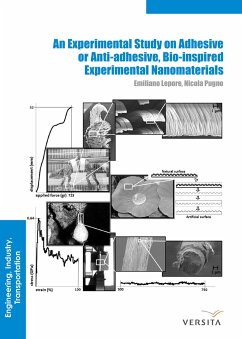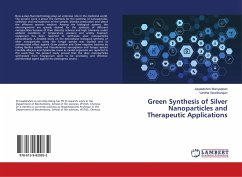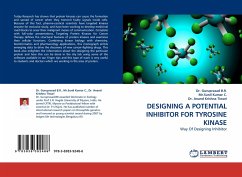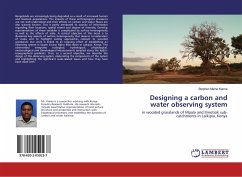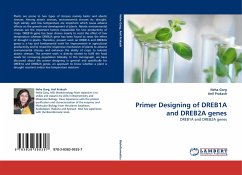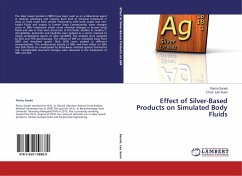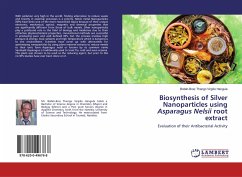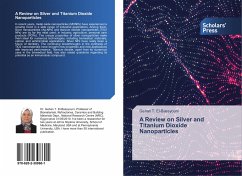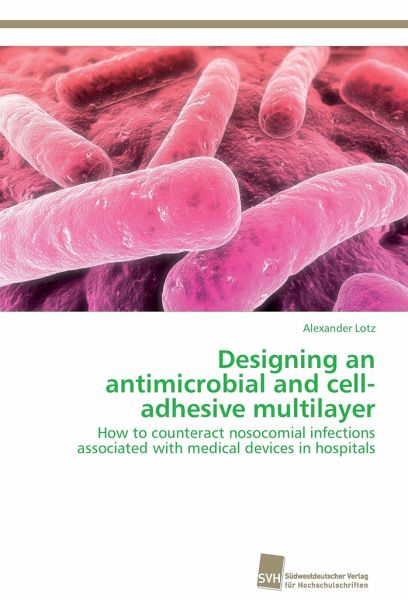
Designing an antimicrobial and cell-adhesive multilayer
How to counteract nosocomial infections associated with medical devices in hospitals
Versandkostenfrei!
Versandfertig in 6-10 Tagen
46,99 €
inkl. MwSt.

PAYBACK Punkte
23 °P sammeln!
In this work surface modifications were developed that bear cell-adhesive as well as antimicrobial properties. Fast cell adhesion and wound healing is desired for biomaterials since otherwise the material would be recognized as a foreign body and infectious bacteria could enter the cavity between material and tissue. Plasma polymerization was used as the deposition technique since a broad range of materials can be coated independent of their composition. As a cell-adhesive coating plasma polymerized allylamine was chosen since it is cell-friendly and offers a platform for wet chemical modifica...
In this work surface modifications were developed that bear cell-adhesive as well as antimicrobial properties. Fast cell adhesion and wound healing is desired for biomaterials since otherwise the material would be recognized as a foreign body and infectious bacteria could enter the cavity between material and tissue. Plasma polymerization was used as the deposition technique since a broad range of materials can be coated independent of their composition. As a cell-adhesive coating plasma polymerized allylamine was chosen since it is cell-friendly and offers a platform for wet chemical modifications such as grafting of fibronectin. Furthermore, it serves as a barrier layer for zinc and silver containing sub-layers that exhibit antimicrobial properties due to the release of zinc and silver. The layer systems were spectroscopically and microscopically investigated. Cell-adhesive and antimicrobial properties were tested with various types of cells and bacteria.



